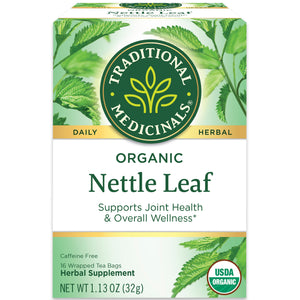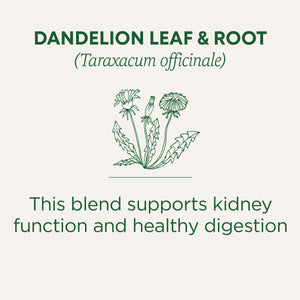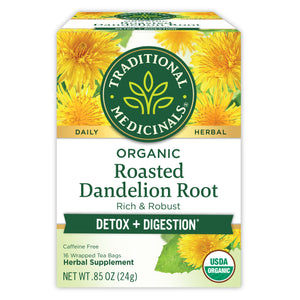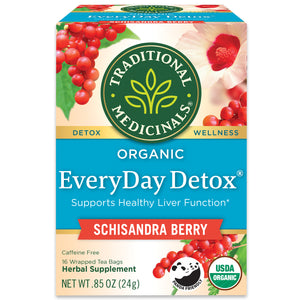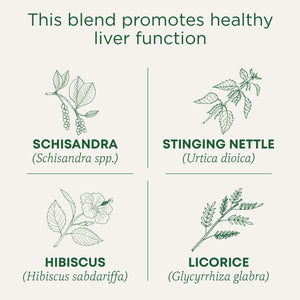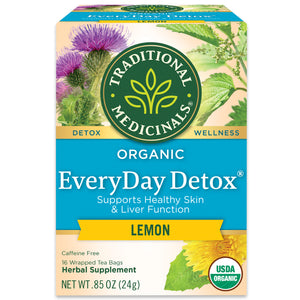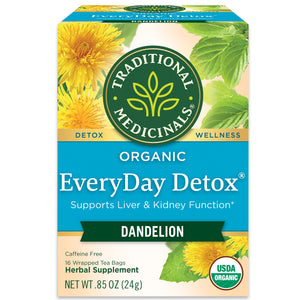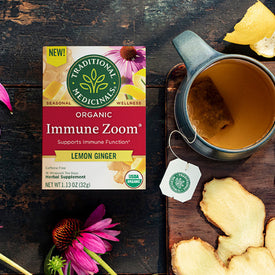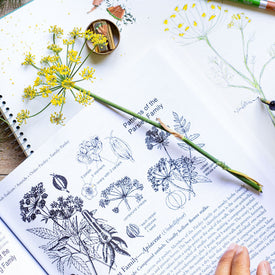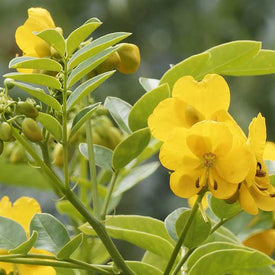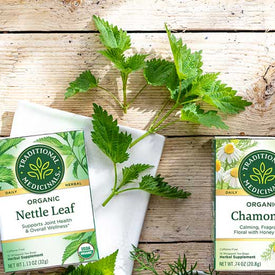In October of 2018, Traditional Medicinals (TM) was honored by the World Wildlife Fund for Nature (WWF-China) and the Chinese government for helping to establish standards for the world’s first panda-friendly certification, a journey that began in 2008 in southern China, source of the wild southern schisandra berry. While our herbs with organic and FairWild® certifications attest to care for the well-being of our herb communities around the world and their surrounding ecosystems, this is the first certification to consider the long-term survival of the giant panda bear of southern China, and TM is the first company to sell a product bearing the panda-friendly logo. We are proud to share this groundbreaking achievement.
Much credit is due to the integrity and uncompromising standards of TM’s Research Fellow, Josef Brinckmann, a legend in the botanical world. His commitment to fulfilling our sustainable mission by considering our impact on every stakeholder in our supply chain—not just people and plants—has not only raised our own standards, but also those of the entire botanical industry. In 2004, Josef and his team began searching for additional sources of sustainable schisandra for our EveryDay Detox® tea. Little did we know that 15 years later, our search would result in the establishment of a Traditional Chinese Medicine (TCM) cooperative operating in the giant panda habitat areas with the support of WWF-China, and an invitation to participate in the development of standards for the world’s first panda-friendly certification.

Schisandra & the giant panda bear
Of the 22 species of wild schisandra on the planet, Traditional Medicinals uses both “northern” (Schisandra chinensis) and “southern” (Schisandra sphenanthera) berries for our EveryDay Detox® tea. Both are considered superfruits that help balance the body’s vital energy, support the liver, and adapt to stress.* Schisandra’s red berries grow in clusters on vines that wind their way up host trees in search of the sun, often in some of the world’s most biodiverse hotspots. Up until 2008, we were using only the northern species but were looking for more to make our tea, due to supply chain interruptions in Northeastern China and in the Russian Far East. At that time, WWF-China invited TM to visit a project site of the EU-China Biodiveristy Programme (ECBP), where southern schisandra was a target species for sustainable development in the giant panda habitat.

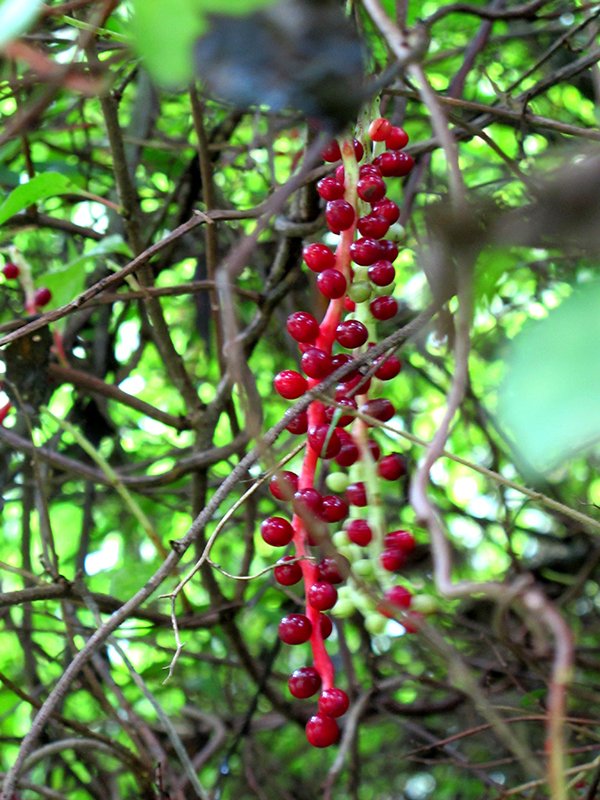
Schisandra sphenanthera grows in lush, mountainous, and biodiverse forests of Southwestern China, a region historically important for wild collection of herbs used in TCM. Prior to the panda-friendly schisandra project, many wild collectors harvested schisandra berries in the quickest way possible, by pulling entire vines down to the ground and breaking branches, compromising vine regeneration of this precious medicinal plant. Harvest practices between households were often not uniform. While some collectors harvested mature berries, some might harvest green berries, scald them in hot water and dry them in the sun to give them the appearance of the desired red berries.
Southern schisandra berries share habitat with the giant panda bear, especially in Pingwu County, which has the highest density of wild pandas. Pandas live on a diet primarily of bamboo and rely on a balanced ecosystem to feed and breed, making them particularly vulnerable in zones where human access and use of forest resources is not managed carefully. Climate change may also play a role in reducing the panda population and is projected to further reduce its bamboo habitat by a third over the next 80 years. The good news is that the 2014 panda survey upgraded their status from “endangered” to “vulnerable,” due to population growth of nearly 17% since the 2004 survey. With that said, there are still only 1,864 panda bears living in the wild, meaning protection of panda ecosystems is still critical.
Using sustainable harvesting practices protects the biodiversity of the region, allowing both schisandra berries and pandas to thrive. But getting our suppliers, their partners, and the collectors to meet our high quality and sustainability standards would require a herculean effort, above and beyond what most companies are willing to invest to ensure their sourcing.
A multi-disciplinary partnership introduces sustainable wild collection to Pingwu
China is the world’s largest user and exporter of medicinal plants, most of which are collected from the wild. Even though FairWild® and organic standards for sustainable wild collection informed the project at the start, it became clear that an additional wildlife-friendly standard would need to be established, and new incentives given to collectors if the pandas were to be protected and the schisandra supply secure for generations.

Tapping into the plant and sustainability community, WWF-China assembled a team of experts specializing in panda biology and habitat, conservation, Traditional Chinese Medicine, ethnoecology, medical botany, sustainability and international trade to gather data into an official study. Their pilot project in the village of Daping determined the feasibility of a large-scale sustainability initiative and eventually led to the formation of Pingwu Shuijing TCM Cooperative, allowing them to train collectors from 22 villages in sustainable harvesting practices. Thanks to these efforts, the coop achieved organic certification in 2011.
If their project was to take hold in one region in China, it would need more widespread support from the Chinese government. While advising the project for TRAFFIC, the wildlife trade monitoring group, Josef assisted in developing a sustainable schisandra wild harvesting protocol, and he encouraged TM to support the project. Positive results of the five-year EU-China Biodiversity Programme (ECBP), from 2007-2011, included the first certified organic wildcrafted southern schisandra in 2011, as well as the eventual authorization of the FairWild Standard in China. But while protection of the environment, the introduction of sustainable collection practices, and the incorporation of fair trade for collectors were all top of mind, the study also proved that additional standards would be needed to address the sensitivity of the panda population—a factor not yet considered for wild collection operations in China, where the giant panda is the country’s most recognizable symbol of good will.

A bright new future for China’s giant pandas
By 2009, the ECBP project for sustainable schisandra had proven feasible in one pilot village. Newly written guides and handbooks specified a new process for sustainable schisandra harvesting, mandating that collectors leave vines standing, climb host trees and use grape shears to carefully snip off berry clusters from only the lower two-thirds of the vine. The top thirds were now to be left for other animals to eat, so they can help with seed dispersal for plant regeneration. In addition, by 2011, WWF-China invited TM to participate in the development of the needed Giant Panda Friendly Products Standard. At the end of the EU-funded project in 2011, TM signed a new five-year letter of intent to continue supporting the work that was started under the ECBP and continue sourcing schisandra from the Pingwu Shuijing TCM Cooperative, ensuring a sustainable supply partnership for years to come.
Thanks to these efforts, the Chinese government authorized the FairWild Standard in 2016, the first comprehensive sustainable certification of its kind for use in China. And finally, in 2017, after nearly a decade of due diligence, cooperation with many international organizations and experts, and surprising results, China adopted the Giant Panda Friendly Products Standards, now a Chinese national standard. Traditional Medicinals is proud to be the world’s first company to feature Giant Panda Friendly-certified products and proud to have our EveryDay Detox® tea as a history-making product. We applaud Josef for his tireless efforts, and we are honored to have his legacy woven into our company’s history.

